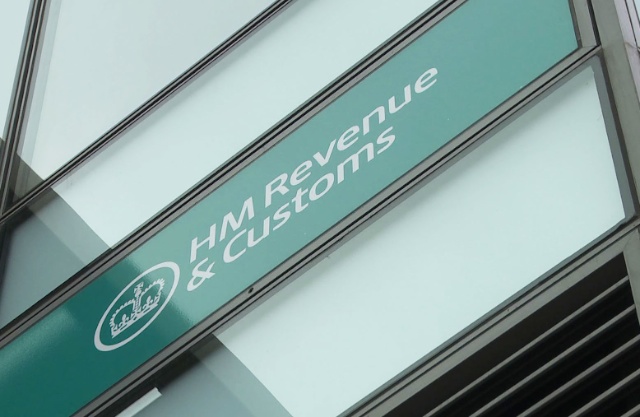Why the UK tax year ends on 5 April
/ Today is 5 April, the final day of the UK tax year. It is unusual for an annual period to end on the 5th day of a month. I can’t think of any others. Generally, we like to use the first or last day of the month for defining periods—and this is especially the case with financial periods. Companies and governments are likely to use 31 December, 31 March, 30 June, etc as dates for the end of their financial years. In fact, as far as UK public sector bodies are concerned their budgets and statements of accounts use 1 April to 31 March as their financial years. So why does the UK government collect taxes on the basis of a year that runs from 6 April to 5 April?
Today is 5 April, the final day of the UK tax year. It is unusual for an annual period to end on the 5th day of a month. I can’t think of any others. Generally, we like to use the first or last day of the month for defining periods—and this is especially the case with financial periods. Companies and governments are likely to use 31 December, 31 March, 30 June, etc as dates for the end of their financial years. In fact, as far as UK public sector bodies are concerned their budgets and statements of accounts use 1 April to 31 March as their financial years. So why does the UK government collect taxes on the basis of a year that runs from 6 April to 5 April?
Historically, in Britain taxes were due on the first day of the year, which was Lady Day, the 25 March. When Britain (and its empire) moved from the Julian calendar to the Gregorian calendar in 1752 it was necessary to ‘lose’ 11 days so that 2 September 1752 was followed by 14 September 1752. The change made the year 1752 11 days shorter and taxpayers did not want pay their taxes on 25 March 1753 because that was, in their view, 11 days too early. To settle this the first day of the tax year was moved from 25 March to 5 April. Then, in 1800 another day was lost because in the Gregorian calendar 1800 was not a leap year but it was in the Julian calendar. The result was the change of the first day of the tax year to 6 April, where it still remains. (There was another day was ‘lost’ in 1900 but by that time the British government had clearly had enough of moving the dates.)

